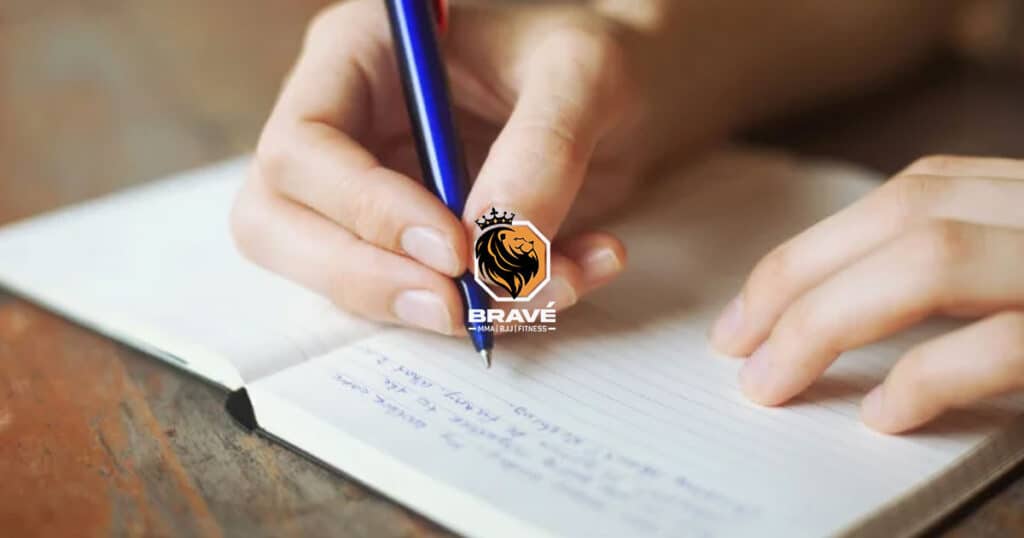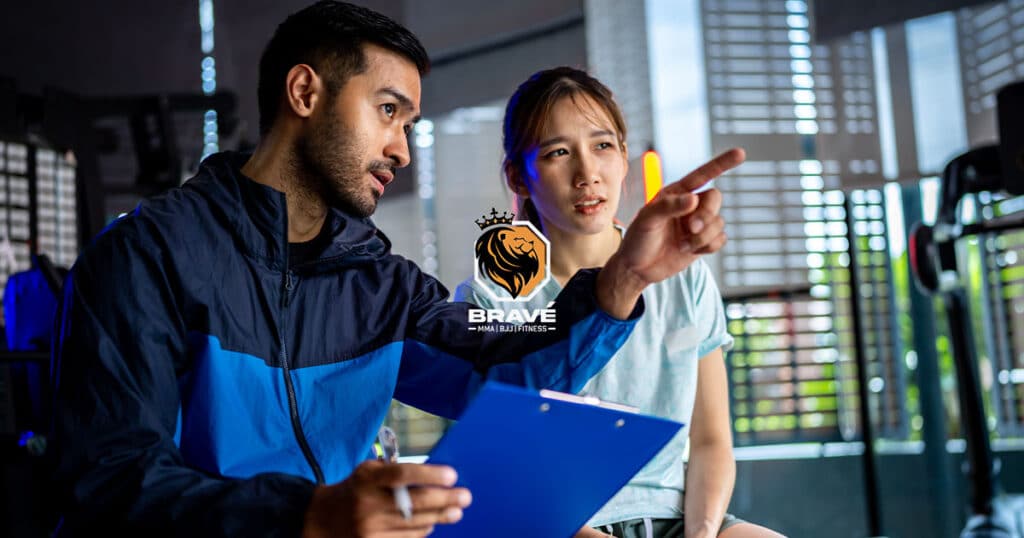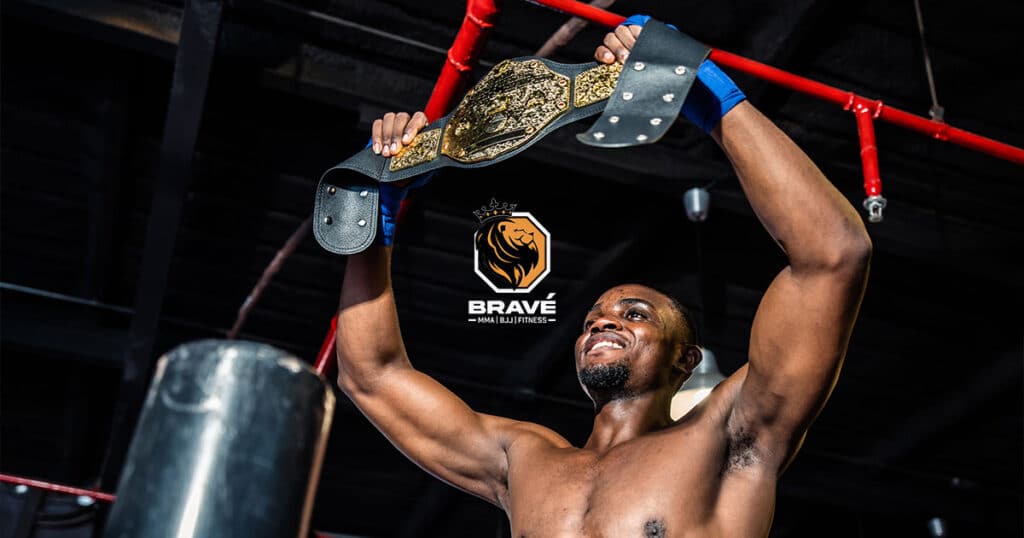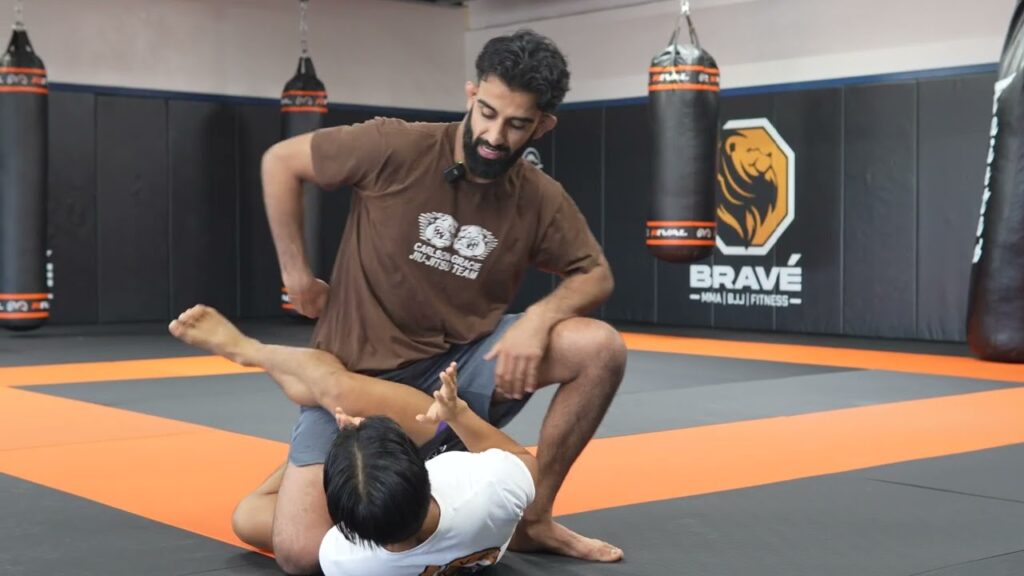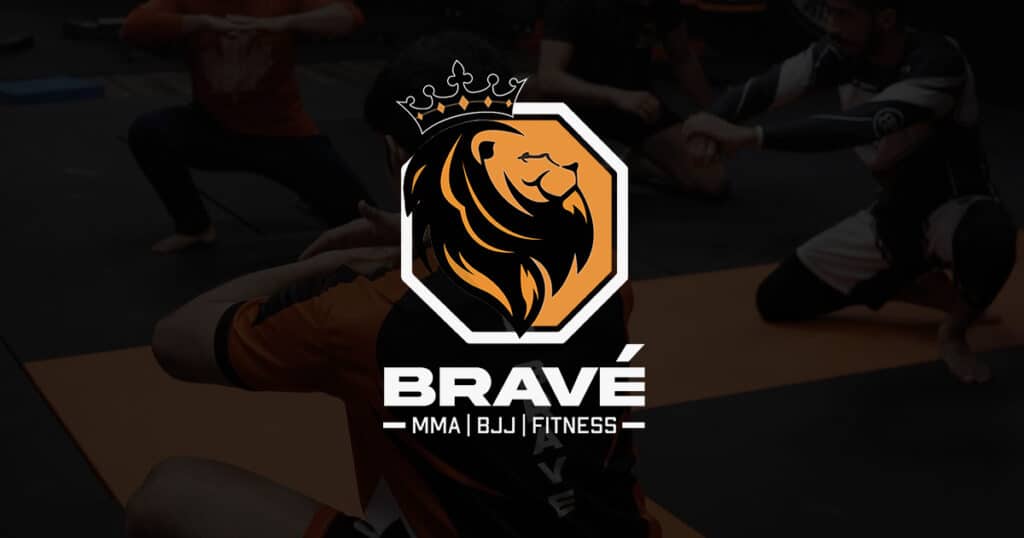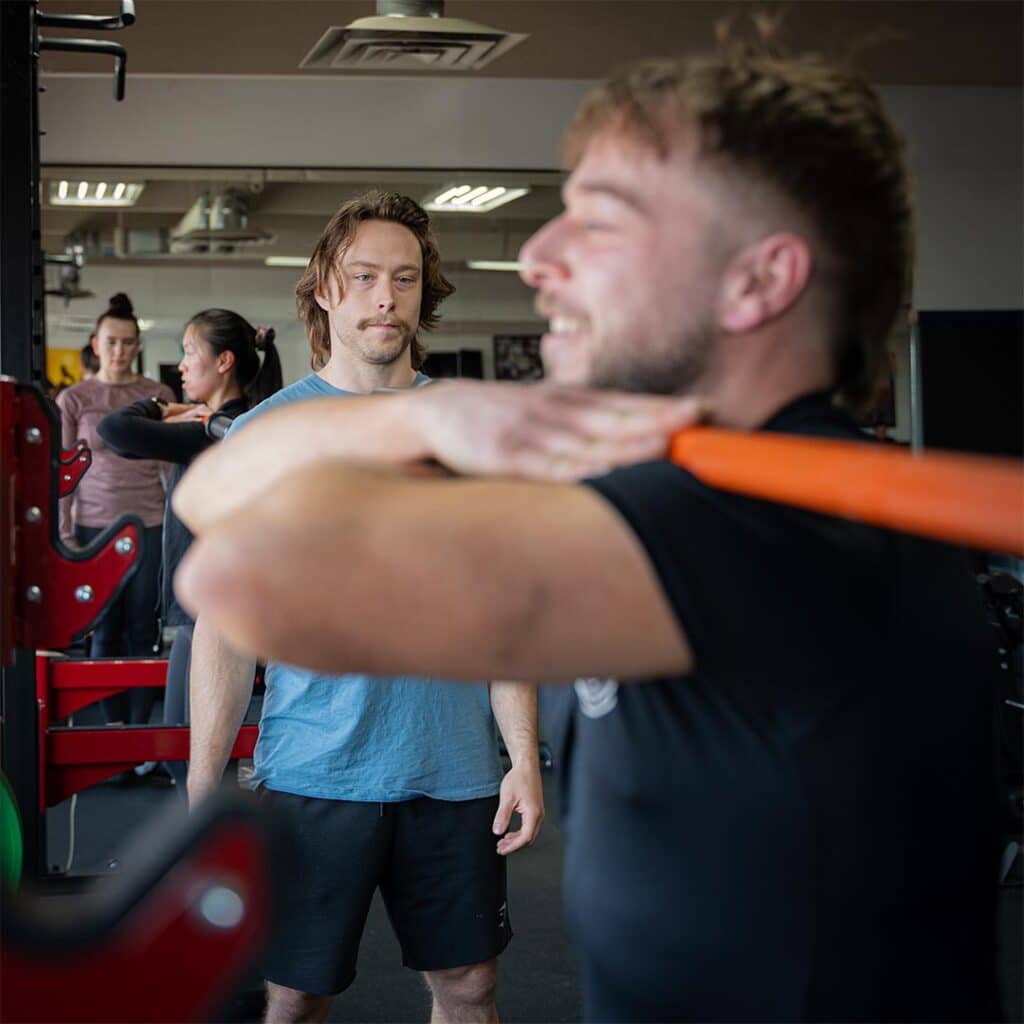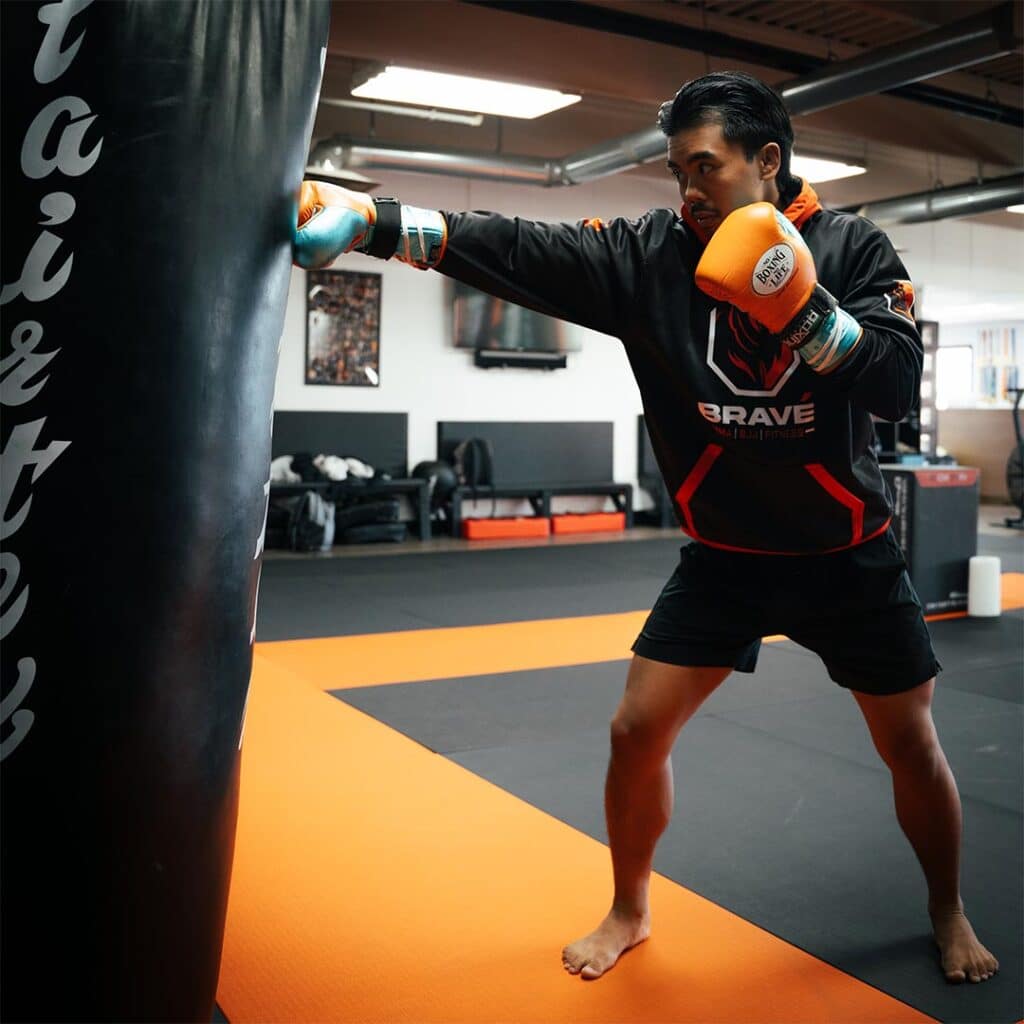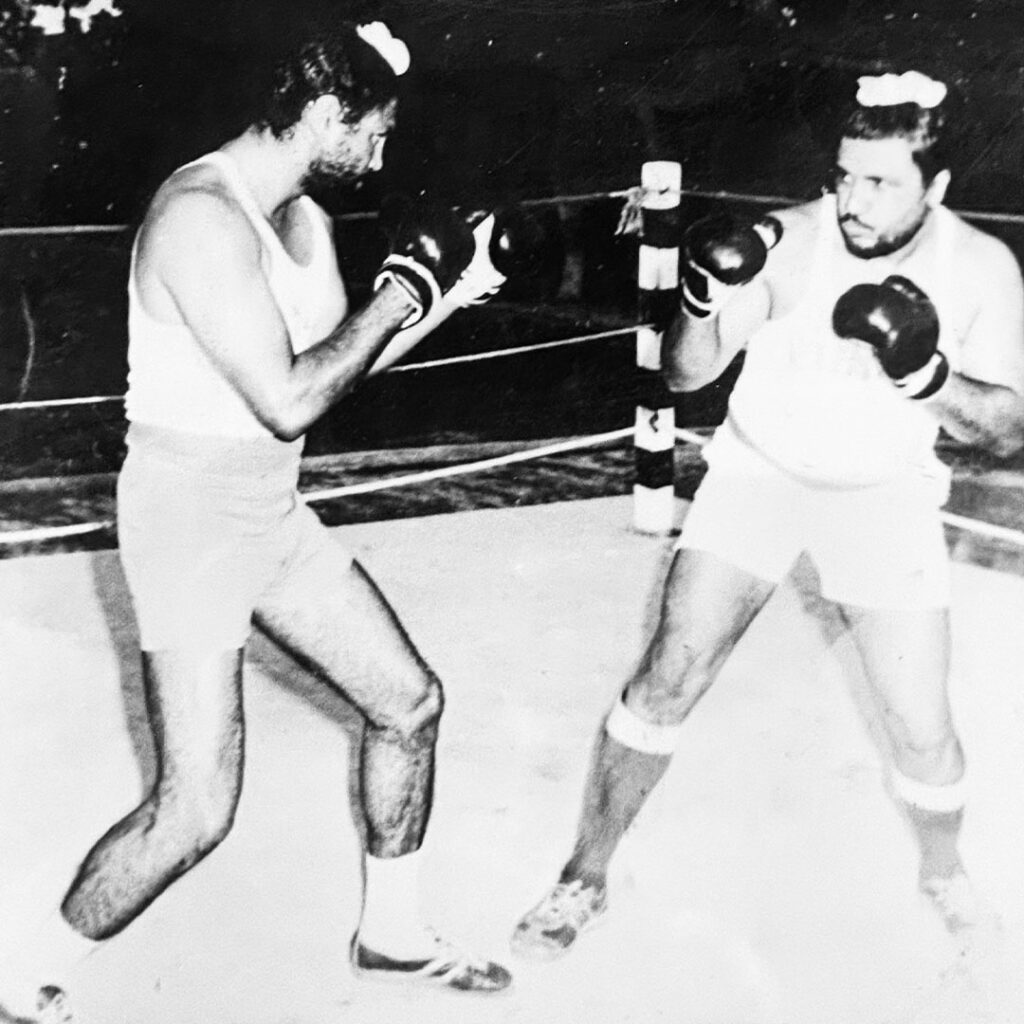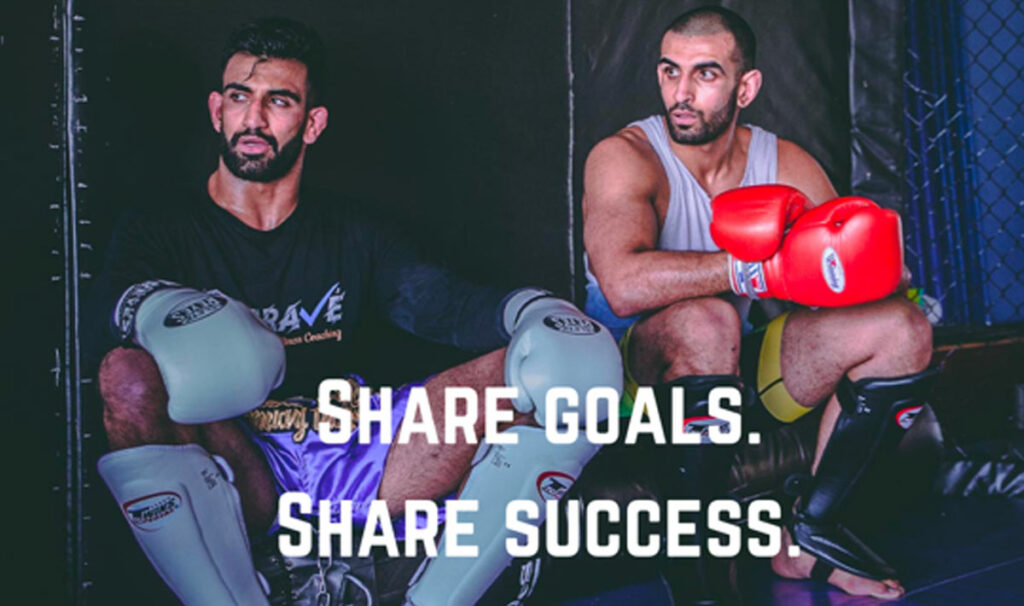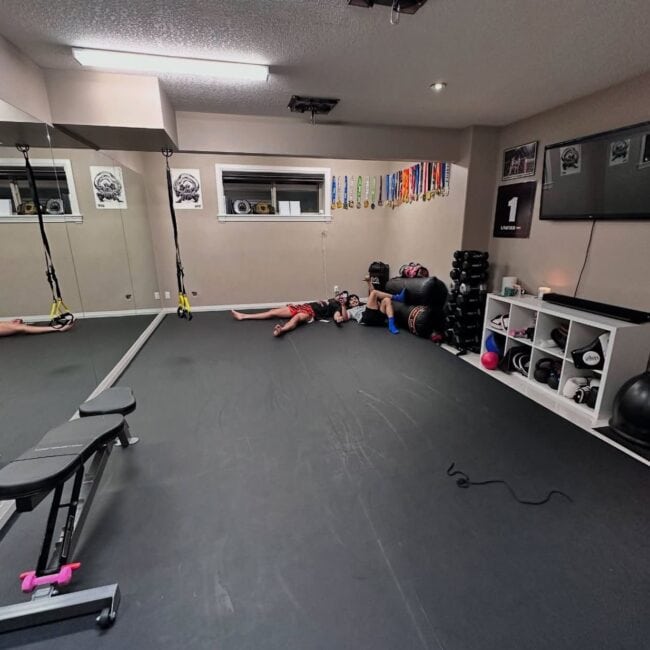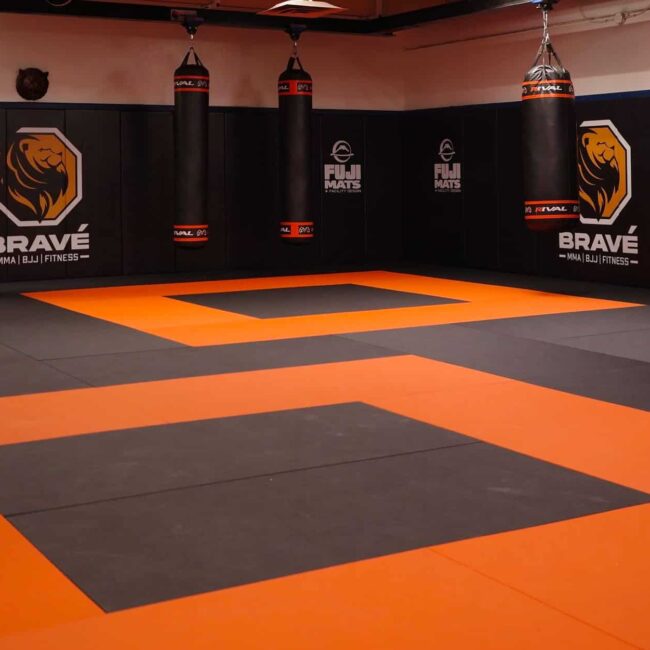Although I remember almost nothing from my accounting degree, one memory has always stuck with me: sitting in an office, scrambling through financial records dating all the way back to a company’s inception. I remember looking through years of reports, seeing the patterns of growth and decline, and linking them to plausible events that triggered those changes. I also remember the incredible level of detail — every tiny transaction meticulously documented by these so-called pencil pushers. At the time, it all seemed like complete overkill.
I’m very much someone who prefers to operate off of feel. I like to trust my instincts to tell me whether I’m ready for a task. But once I became a professional fighter, that intuition started to betray me. It didn’t matter if I felt up to doing my strength and conditioning that day — it had to get done either way.
That’s when documentation started to change everything for me. Once I began logging my workouts — both in writing and through video — I finally had real feedback to work with. I could look back at a session and break down what went well, what needed improvement, and why a good or bad performance might have happened that day. Logging injuries also made me more aware of recurring issues and helped me recognize patterns so I could adjust before a flare-up turned into something worse.
Training, when done properly, is incredibly repetitive. You’ll hit the same lifts, roll the same rounds, spar with the same partners, strike the same bags and pads — over and over again for years. The variables change, but the foundations remain the same.
By keeping a log, you create a way to almost time travel back to those moments. You build a visual and written history of yourself — and that gives you the power to make smarter, more accurate adjustments for the future.
If you’re serious about your growth in any sport — whether it’s MMA, boxing, jiu-jitsu, weightlifting, or anything else — you owe it to yourself to track the journey.
Because here’s the thing: transformation doesn’t happen in a single day. It’s slow. It’s subtle. It’s invisible to the naked eye when you’re living inside it.
But when you have proof to look back on, it hits you all at once — like a freight train of pride and momentum.
Why Documentation Matters
1. Honest Feedback.
We all have a perception of how we perform — but feelings aren’t facts. Filming your sparring rounds, your lifts, your drills, or your conditioning sessions gives you objective feedback. You can see mistakes you didn’t notice. You can correct technical flaws. You can celebrate improvements that would’ve otherwise gone unnoticed.
2. Motivation Through Reflection.
There’s something incredibly powerful about watching old footage of yourself. You might cringe at your old technique, at how stiff or uncoordinated you looked. But you’ll also feel the pride of realizing how far you’ve come.
The first time you see that you move sharper, hit harder, react faster — or even just look more athletic — it’s a reminder that all the sacrifices, all the hard days, all the “small” improvements… they added up.
3. Tracking Strength and Conditioning Progress.
Your technique isn’t the only thing that changes. Your body changes too. Watching footage from six months ago, you might notice how your posture has improved, your explosiveness has increased, or how much more muscular and athletic you’ve become. A training log where you record weights lifted, times for circuits, rounds completed — that tells the hidden story of your physical evolution.
4. Intelligent Adjustments.
Training logs and footage help you spot patterns. When did you feel your best? What kind of training blocks led to your biggest leaps? Where did injuries or plateaus happen? You can use this information to make smarter, more personalized decisions moving forward — instead of guessing or repeating the same mistakes.
Documentation Is Easier Than Ever
In the past, serious athletes needed expensive camcorders, dedicated photographers, or stacks of notebooks to track their journey.
Today?
You’re walking around with a 4K camera in your pocket and unlimited storage in the cloud.
There’s no excuse not to document.
Set up your phone. Record your rounds. Take notes after every session — what you drilled, what you felt good about, what you need to work on. Capture your lifts, your sparring, even your solo drilling.
It doesn’t have to be fancy.
It just has to be consistent.
Over time, your library of footage and logs becomes one of the most valuable assets you own. Not just because it helps you get better — but because it’s a time capsule of your journey. A story you can look back on, proud of the person you built, one session at a time.
The Real Reward
Years from now, you’ll stumble across an old clip of yourself.
Maybe it’s your first sparring match. Maybe it’s a shaky 185-pound deadlift. Maybe it’s your first tournament, your first heavy bag session, your first anything.
You’ll see someone hungry. Someone unsure. Someone fighting to get better.
And you’ll realize: you made good on that promise.
That’s the magic of documentation.
It shows you what you survived.
It shows you what you overcame.
It shows you the distance between who you were — and who you decided to become.

